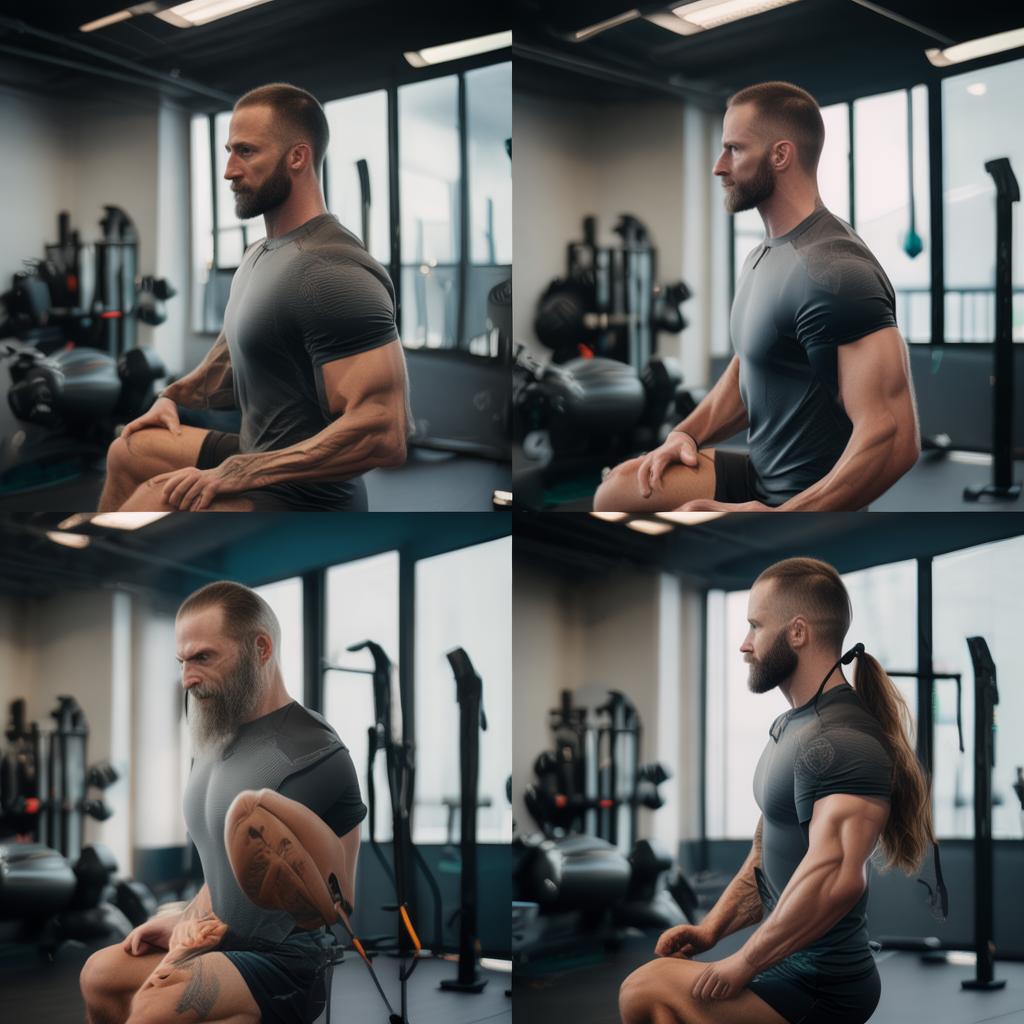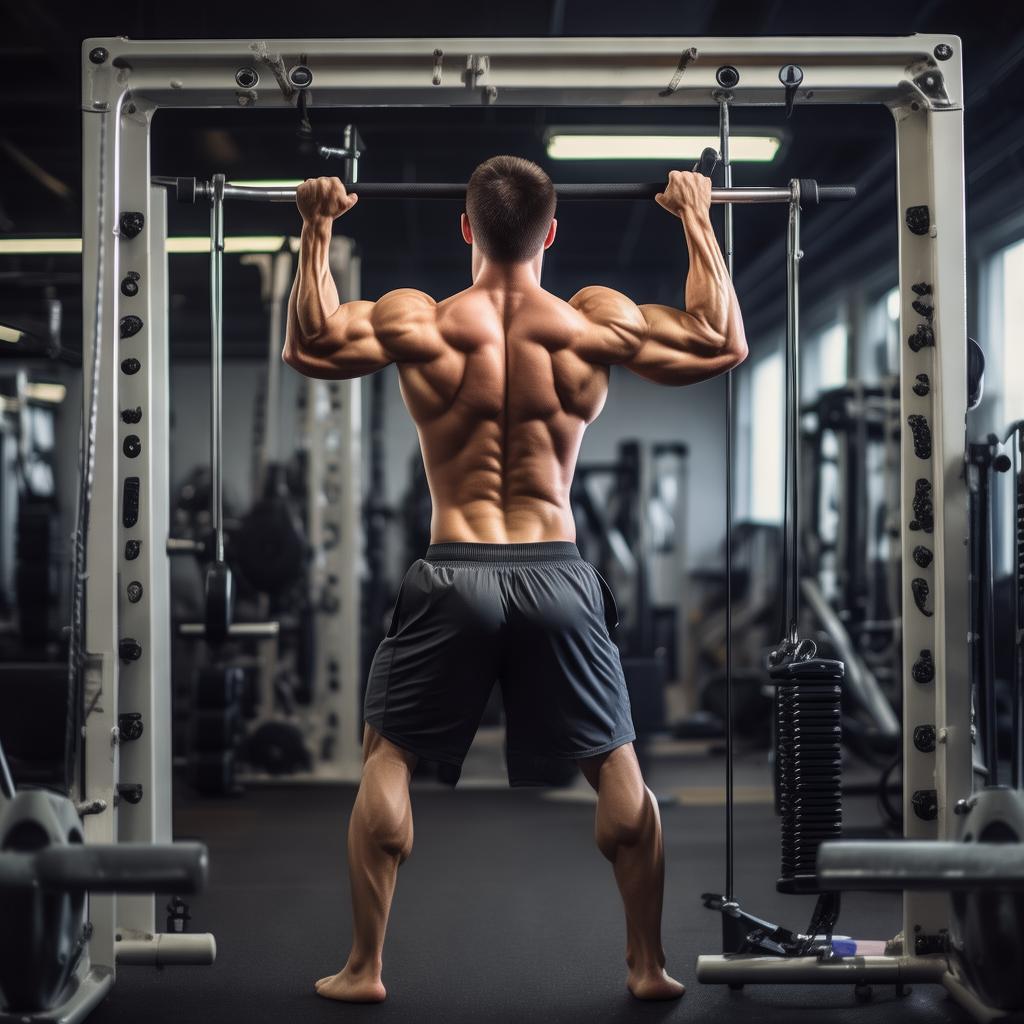Introduction
When it comes to bench – press variations, the lower incline bench press often takes a backseat. While about 5 – 6 out of 10 people who do flat bench presses also opt for upper incline bench presses, only 1 – 2 consider the lower incline bench press. Additionally, the head – down, feet – up position of the lower incline bench press can increase the risk of dizziness, even for fitness enthusiasts with great endurance.
The Benefits of Lower Incline Bench Press
The lower incline bench press is a variation of the barbell bench press, with a unique angle that targets the lower edge of the pecs near the sternum.
Muscle Growth: This movement specifically stimulates the muscles at the lower edge of the pectoralis muscle, activating more muscle fibers in this area. A study involving 15 young, experienced male volunteers showed that during the downward – inclined bench press, there was significant activation of the lower chest in both centripetal and centrifugal phases. Although the stimulation of the entire pectoralis major and the anterior deltoid bundle is similar in terms of muscle hypertrophy compared to the flat bench press, the lower incline bench press can target the lower pectoral muscles more precisely. Also, the triceps, as secondary muscles, are engaged effectively as they help drive the barbell and control centrifugation through elbow extension.
Increased Strength: Regularly performing progressive overloads in compound multi – joint movements like the lower incline bench press can lead to an increase in muscle strength. Among various movements, the barbell is an effective tool to achieve maximum strength gains.
Reduced Stress on the Back and Shoulders: Thanks to its downward incline angle, the load is shifted to the lower edge of the pectoral muscles. This reduces the stress on the back and shoulders compared to the flat and upper incline bench presses, allowing for training with relatively large loads while focusing on the lower pecs.
How to Perform the Lower Incline Bench Press Correctly
If your gym lacks the specific equipment for the lower incline bench press, you can use a deadlift bench with dumbbells as an alternative. However, there are some important details to keep in mind.
First, the angle of the lower incline bench press may cause dizziness, especially when getting up after a set due to disrupted blood circulation. It’s advisable to have someone to protect you during the movement for safety. Second, during the exercise, you’ll feel the weight moving backwards and downwards. For safety, use a barbell movement with a rack and leg support pads. If only a simple downward – incline bench is available, dumbbells are a safer choice, but avoid training with large weights without proper equipment.
Step – by – Step Guide:
1. Lie on your back on the bench, securing your ankles under the mat.
2. Grasp the barbell with a grip slightly wider than shoulder – width, adjusting your body to a comfortable position.
3. Slightly tuck your arms, keeping them at a 45 – degree angle to your torso. Contract your shoulder blades, tighten your latissimus dorsi, and straighten your wrists.
4. Raise the bar and move it so that it is directly above the sternum area with your arms straight.
5. Lower the barbell as you inhale, then contract your pectoral muscles as you exhale and push the barbell upwards. Keep your core tight and avoid excessive shoulder extension.
Variations of Lower Pectoral Muscle Training
Lower Incline Dumbbell Bench Press: Besides the barbell, dumbbells are an effective training tool. The lower incline dumbbell bench press allows for a powerful muscle contraction and thorough stretching due to the greater range of motion. If you can’t fix your feet, choose lighter dumbbells. And if you want to use heavier dumbbells, it’s better to have someone help you lift them.
Downward Incline Rope Bench Press: Ropes can keep the muscles constantly tense and offer a relatively free range of motion. You can place a downward – incline bench in the middle of the gantry and use single – grip or attach a straight bar to the rope to make the movement more like a barbell bench press.
Floor Bench Press: For those without a lower incline bench, this is a viable option. By raising the hips to create a downward – slope position, beginners are advised to train with light to medium weights, while more advanced trainers can use a power rack and a heavier barbell.
Lower Incline Machine Bench Press: Smith machines and other machines can also be used for lower incline bench presses, which are effective variations.
Other Lower Chest Exercises: Training the lower chest isn’t limited to the lower incline barbell and dumbbell bench presses. Chest double – bar arm curls, when performed with the body leaned forward, can target the lower pectoral muscles. Upper incline push – ups, where the upper body is elevated, can mimic the lower incline push – up and are a convenient option without the need for weights.
Conclusion
Don’t overlook the lower chest in your training routine. There is evidence that incorporating lower incline exercises can effectively recruit more lower pectoral fibers and contribute to muscle hypertrophy. Even after finishing upper incline or flat bench presses, consider adding 3 – 4 sets of lower incline bench presses to enhance your chest development.





